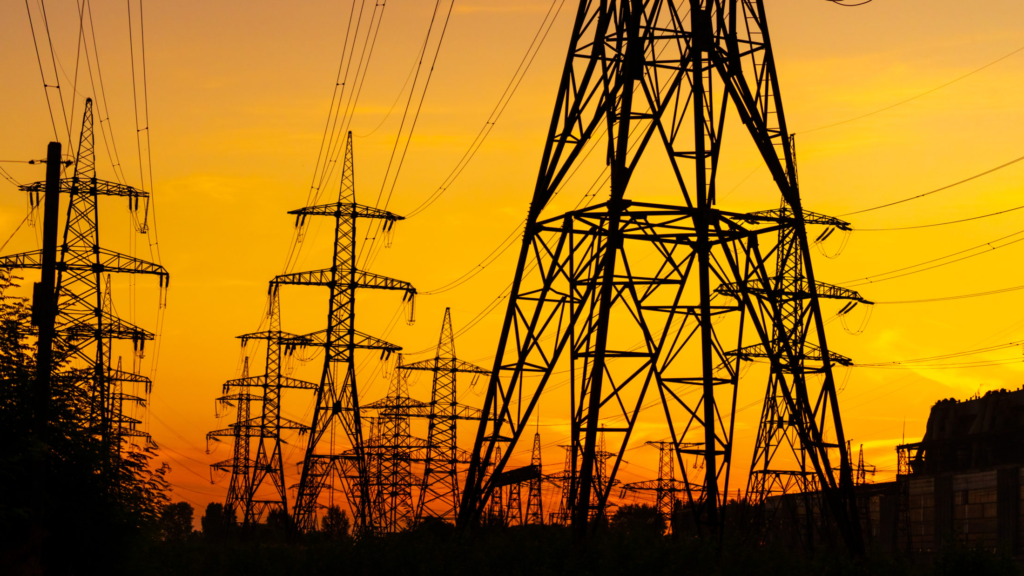Dr Iain Staffell, Professor Richard Green, Professor Tim Green and Dr Malte Jansen – Imperial College London, Dr Malte Jansen – University of Sussex, Professor Rob Gross – UK Energy Research Centre
Coal once again became the smallest component of Britain’s electricity generation mix, producing less than hydropower or solar PV during its off-season (October to December).
The share of gas in the generation mix fell to its lowest since the start of the year. Gas-fired electricity output was down 10% from last quarter, despite demand being up by 13%. This meant wind came close to being the largest source over the quarter, and generation from renewables as a whole overtook fossil fuels (42% vs. 38%).
Offshore wind capacity grew by over 2 GW in the last year, as Triton Knoll, Moray East and Hornsea Two all came online. Britain’s offshore wind capacity now stands level with onshore wind, both at 13.4 GW. By pure coincidence, 13.4 GW of solar panels are also installed.The downside to this story is that onshore wind has completely stalled. No new capacity was added in the past year, due to the de-facto ban on new wind farm development.
Britain’s electricity supply mix in the forth quarter of 2022
[1] Other sources give different values because of the types of plant they consider. For example, BEIS Energy Trends records an additional 0.7 GW of hydro, 0.6 GW of biomass and 3 GW of waste-to-energy plants. These plants and their output are not visible to the electricity transmission system and so cannot be reported on here.
[2] We include an estimate of the installed capacity of smaller storage devices which are not monitored by the electricity market operator. Britain’s storage capacity is made up of 2.9 GW of pumped hydro storage, 0.6 GW of lithium-ion batteries, 0.4 GW of flywheels and 0.3 GW of compressed air.
